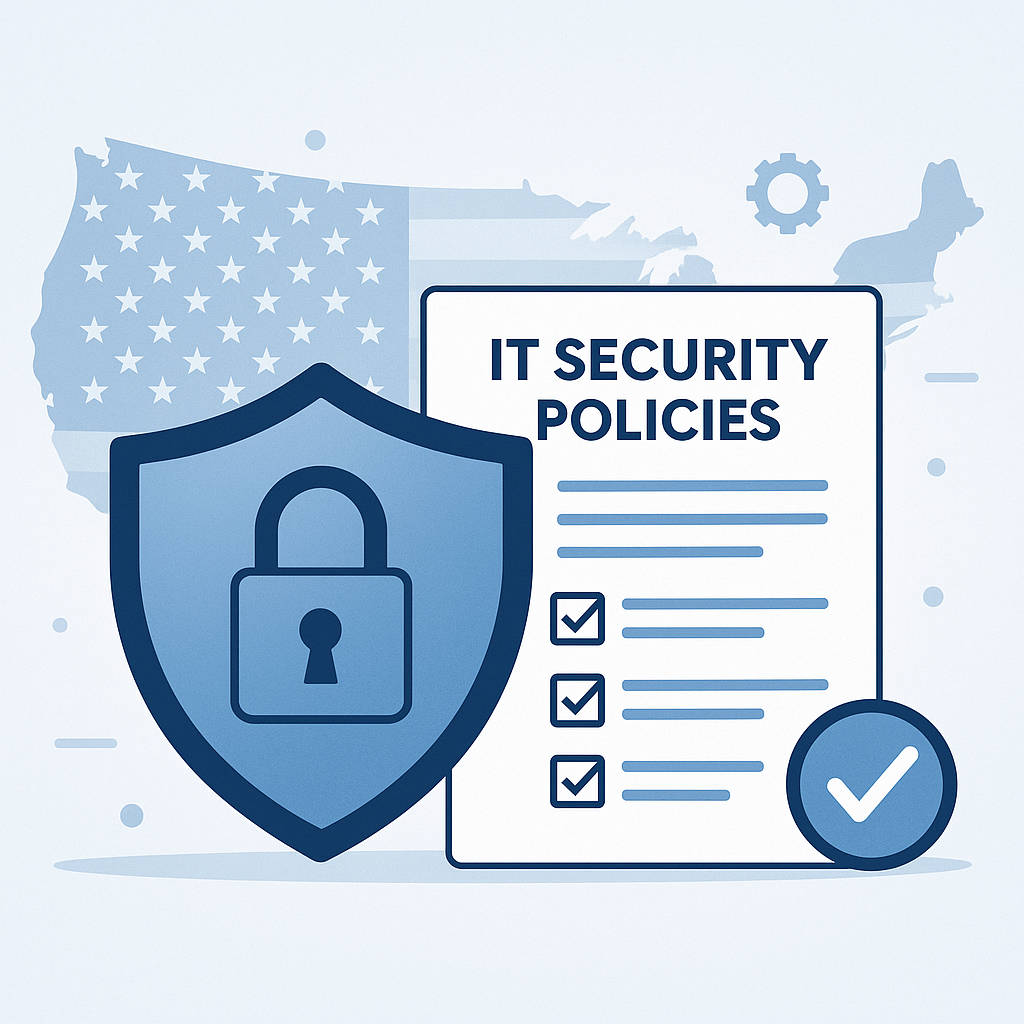For MSPs, aligning with SOC 2 and the NIST Cybersecurity Framework (CSF) offers distinct yet complementary advantages. Both frameworks enhance credibility, streamline compliance, and give managed service providers an edge in positioning in competitive markets.
As two of the most influential frameworks in this space, SOC 2 and NIST offer distinct but complementary approaches to managing and evidencing security controls. SOC 2, developed by the American Institute of CPAs, is widely recognized for its focus on the security and privacy of customer data, and is often a prerequisite for MSPs serving clients in regulated industries or providing cloud and SaaS solutions.
NIST CSF provides a comprehensive, flexible set of guidelines for identifying, protecting, detecting, responding to, and recovering from cybersecurity threats, making it applicable to organizations of all sizes and sectors.
While SOC 2 offers a structured audit and certification process, NIST CSF enables continuous improvement and risk management across diverse environments. Understanding the unique strengths and overlapping controls of these frameworks can help MSPs not only achieve compliance but also stand apart as true IT partners with a strong competency in security.
Business Benefits of SOC 2 and NIST CSF
SOC 2
SOC 2 is highly flexible and can be tailored to each organization’s unique needs. It’s not prescriptive but requires companies to establish and follow strict information guidelines.
-
Client Trust: SOC 2 validates an MSP’s controls over data security, availability, and confidentiality, directly addressing client concerns about third-party risk. Compliance signals maturity in protecting sensitive data, making MSPs more attractive to regulated industries like finance and healthcare.
-
Market Differentiation: SOC 2 certification distinguishes MSPs from competitors, often serving as a prerequisite for enterprise contracts. Many SaaS companies require SOC 2 compliance from vendors, creating opportunities for MSPs to expand into high-value verticals.
-
Revenue Growth: Offering SOC 2 readiness services (e.g., gap assessments, audit support) unlocks recurring revenue streams and strengthens client retention.
NIST CSF
NIST frameworks are known to be thorough and adaptable, offering a structured approach to cybersecurity that’s flexible enough for most use cases. Unlike prescriptive regulations, NIST provides guidelines and best practices. This allows organizations to tailor their implementation strategies to their unique needs.
-
Risk Management: NIST CSF’s flexible, risk-based approach helps MSPs proactively identify and mitigate threats across client environments. Its alignment with regulations like HIPAA and CMMC simplifies compliance for clients in government, healthcare, and critical infrastructure.
-
Scalability: The framework’s modular design allows MSPs to tailor services to clients of all sizes, from SMBs to enterprises, while maintaining consistent standards.
-
Regulatory Recognition: NIST CSF is globally recognized, enabling MSPs to support multinational clients and align with evolving standards like NIST CSF 2.0, which emphasizes governance and supply chain security.
Practical Steps for Alignment
-
Leverage Overlapping Controls
Both frameworks emphasize access controls, encryption, incident response, and vendor risk management. For example, NIST’s “Protect” segment aligns with SOC 2’s security criteria, allowing MSPs to implement once and comply with both. (See more about overlapping controls here.) -
Adopt Integrated Compliance Programs
Use NIST CSF’s risk management structure to inform SOC 2 readiness. Conduct joint risk assessments, map controls to both frameworks, and automate evidence collection (e.g., continuous monitoring tools) to reduce duplication. -
Focus on Governance
NIST CSF 2.0’s new “Govern” function reinforces SOC 2’s emphasis on oversight. MSPs should document policies for risk tolerance, roles, and communication to satisfy both frameworks. -
Educate Clients
Position alignment as a value-add: showcase how NIST’s risk prioritization and SOC 2’s audit rigor create a comprehensive security posture. Offer bundled services like NIST gap analyses paired with SOC 2 audit preparation.
Differentiation Strategies
-
Tiered Service Offerings: Offer SOC 2 compliance as a premium add-on for clients in regulated industries, while using NIST CSF as a baseline for all managed services.
-
Transparent Reporting: Provide clients with unified reports highlighting compliance with both frameworks, demonstrating reduced vendor risk and adherence to global standards.
- Easy-to-Use Software: Adding an MSP compliance-as-a-service tool like Blacksmith to your stack allows you to provide visibility and ease-of-use to each and every client.
-
Thought Leadership: Publish case studies or webinars showcasing how dual compliance mitigates breaches or streamlines mergers/acquisitions due diligence.
By integrating SOC 2 and NIST CSF, MSPs reduce operational overhead, expand service portfolios, and position themselves as strategic advisors rather than a commodity. This dual approach not only meets client demands but also future-proofs offerings against evolving regulatory landscapes.
For more on mapping and integrating these frameworks, see Mapping NIST CSF to SOC 2 Criteria to Support Your Audit and Mapping Cybersecurity: Exploring NIST CSF and SOC 2.




